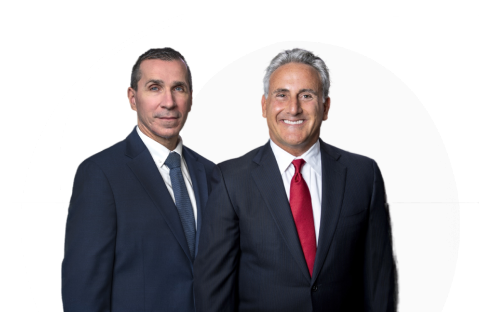Nursing home injuries among staff on the rise
Health care workers are more in demand, especially at the nursing home level. That’s because the Baby Boomers, still the most significant demographic age group in the country, are retiring and needing extra care. Working for nursing homes and assisted living facilities can be rewarding, but it can also be a hotbed of work-related injuries.
Worker injuries in nursing homes often occur when workers lift patients out of beds or chairs. Nurse’s assistants must often lift patients repeatedly in various situations. Repetitive lifting of patients of various sizes has serious health consequences.
In Ohio alone, nurse’s assistants sustain injuries at more than double the rate of other professions. In fact, the rate is closer to three times other jobs. Nursing home facilities have the highest rate of injury or illness among all other injuries, according to the U.S. Bureau of Labor Statistics. In 2017, 10.9 workers out of every 100 sustained an injury working in nursing homes. The turnover rate in Ohio for nursing home employees was 54 percent in 2015. One of the biggest reasons for the high numbers is the heavy lifting required.
One answer to stopping the high propensity for injury is installing ceiling lifts. Lifts allow workers to get patients out of beds and chairs with the touch of a button. These mechanisms are not cheap, but they are effective. Facilities that install lifts typically report lower workers’ compensation claims and turnover; thus, the benefits far outweigh the cost.
Cleveland State University is trying to keep nursing homes workers safe. In 2015, they created a study whereby workers wore smartwatches that tracked their movements and alerted the workers if they moved or twisted wrong through the course of the day.
The technology exists to help reduce injury among workers in nursing homes. Developing a system to protect workers and patients alike is imperative to the future of the industry.


